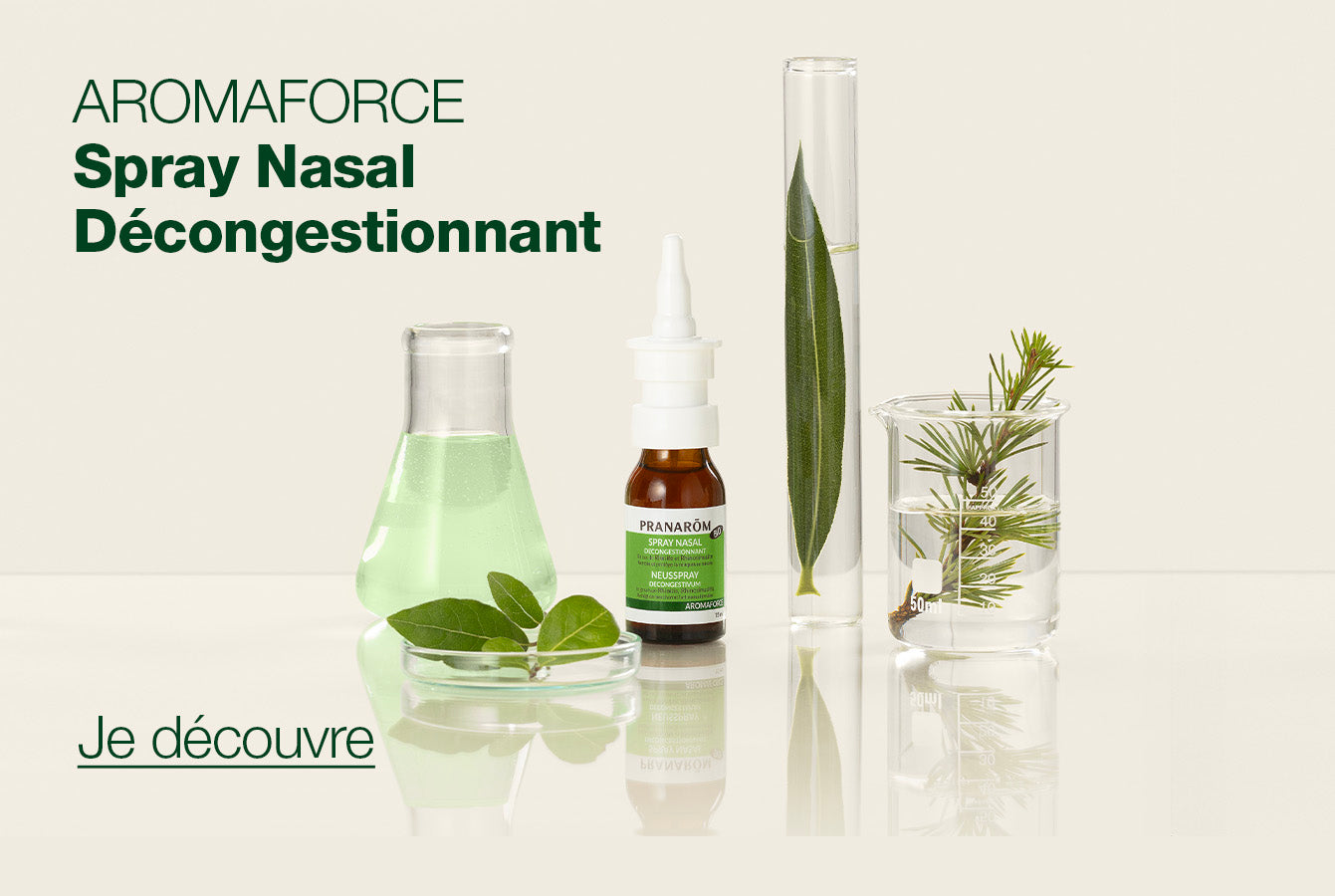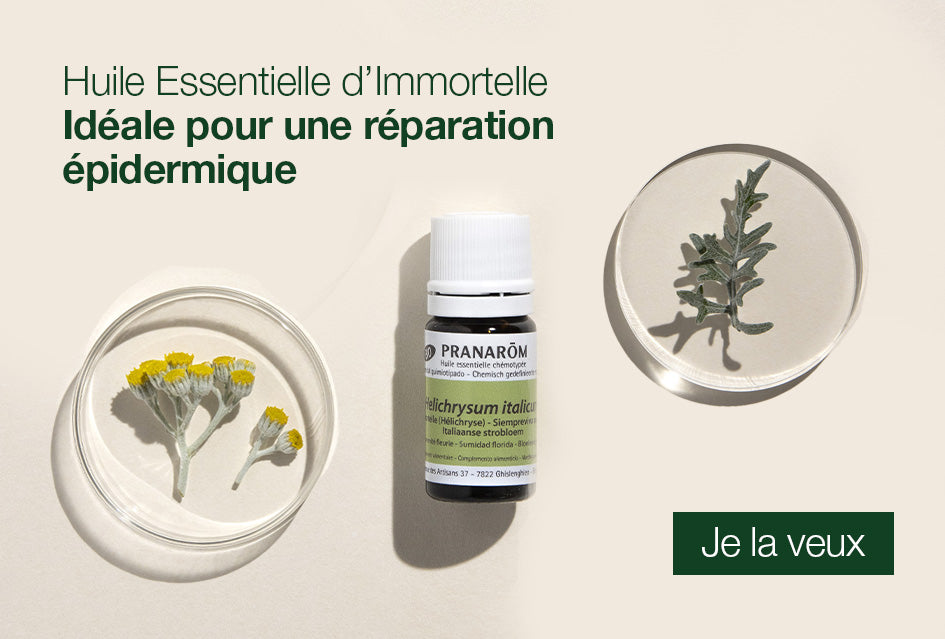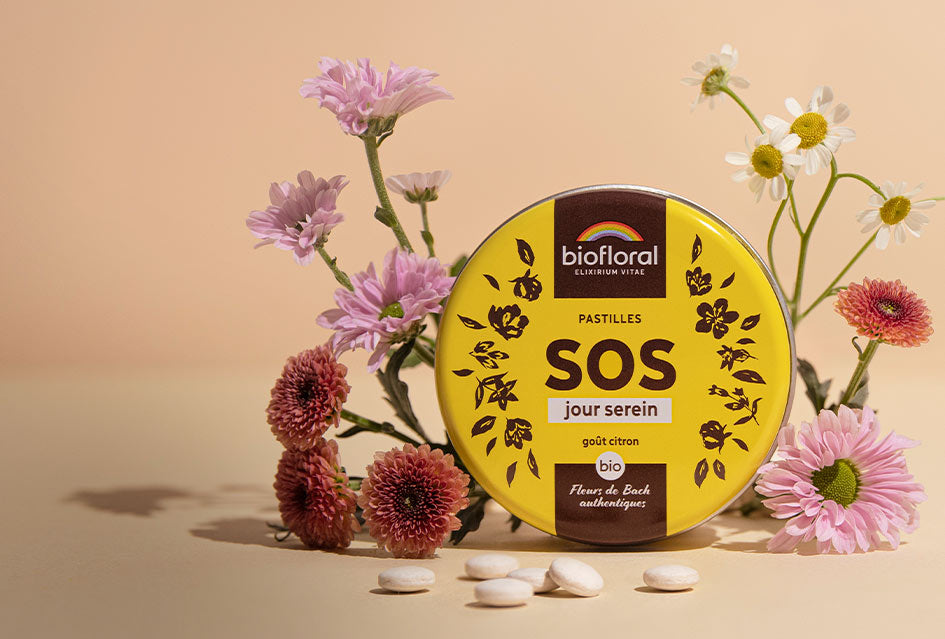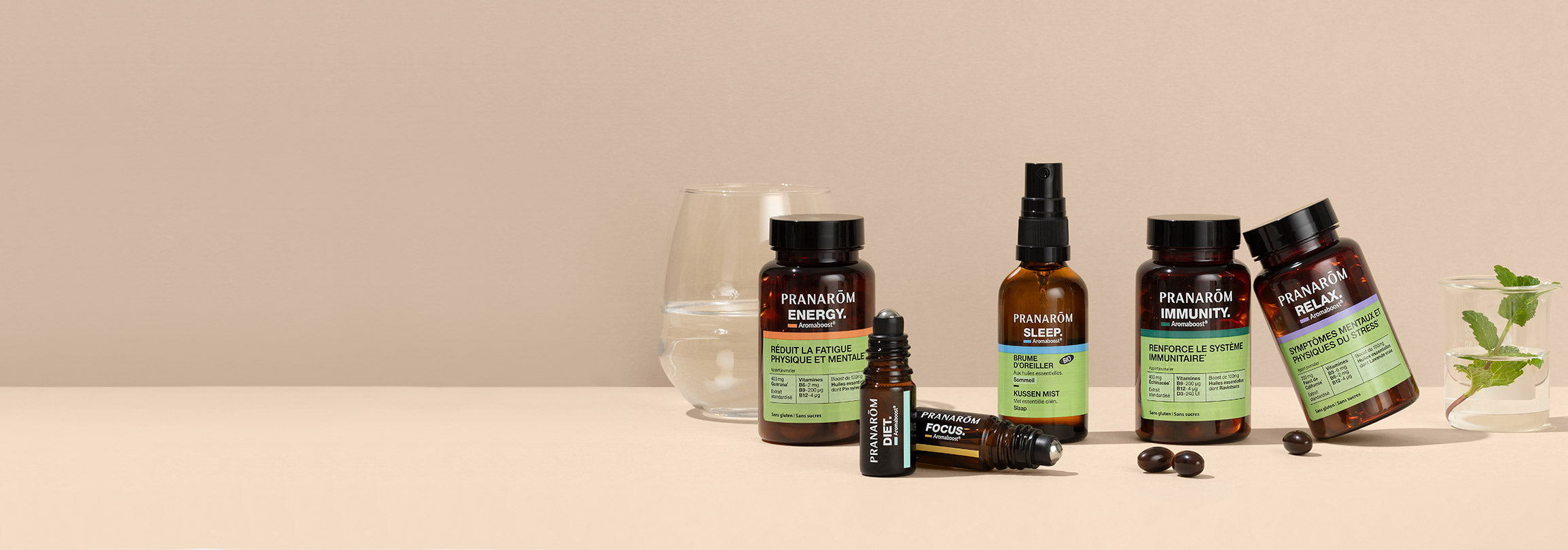Molluscum contagiosum, benign but disabling for children[/caption] A recent study demonstrates that a treatment combining Tea Tree Essential Oil and iodine is effective on molluscum contagiosum, a very common dermatological condition among very young children. Molluscum contagiosum is a benign condition that may heal on its own over time, but is currently most commonly treated by removing skin growths with a curette, which can be painful or traumatic for children.
Are essential oils an avenue to explore for a gentler treatment of this contagious disease?
Molluscum Contagiosum, what are we talking about?
Molluscum contagiosums (MC) are infectious lesions caused by a double helix DNA virus of the Molliscipox genus. It is a common and contagious skin disease. It mainly affects children between 2 and 10 years old. The main modes of contamination are contact with other infected children, contaminated objects and attendance at swimming pools. Occasionally, adults can also be infected, either by contamination through contact with an affected child, or by sexual contamination. The infection is also frequently observed in immunocompromised people and patients infected with HIV. Many treatments have been proposed, reflecting the lack of truly effective treatment. We most often practice the removal of skin growths with a curette, or their treatment by freezing the molluscums with liquid nitrogen. Currently, there are no convincing studies, based on the principles of 'evidence-based medicine', regarding the treatment of this condition.
A recent study validates the action of tea tree essential oil.
The study conducted by Markum E. and Baillie J.: “Combination of essential oil of Melaleuca alternifolia and iodine in the treatment of molluscum contagiosum in children” and published in the Journal of Drugs in Dermatology (2012 Mar;11(3): 349-54.), attracts our attention.
This clinical study from March 2012 supports another clinical trial from 2004 by the same research group. Jon-Eric Baillie's team had already demonstrated a reduction in the number of lesions in 9 out of 16 children treated once a day for 30 days with 10% essential oil of Australian lemon myrtle ( Backhousia citriodora ) in 90% of the 'olive oil. However, Backhousia citriodora EO can cause skin irritation from a concentration of 1%.
Hence this new clinical trial with Tea Tree Essential Oil , used topically as an antiseptic for decades, here associated with Iodine (= organic iodine of the dermal Betadine type), a common effective topical antiseptic.
The treatment was studied on around fifty children aged 6.3 ± 5.1 years suffering from Molluscum contagiosum and the protocol, carried out by the ' Center for Biomedical Research, Inc., USA' complies with the Helsinki Accords concerning human subjects.
Experimentation:
The children were divided into three test groups:
- 1st group (n = 19), Treatment with Tea tree EO + Iodine (TTI), a preparation composed of 95% Tea tree EO and organic iodine at 35 microliter of the final solution without solvents no additives or preservatives.
- 2nd group (n= 18), Treatment with Tea tree oil alone (TTS)
- 3rd group (n= 16), Treatment with Iodine alone (IS)
For all groups, a drop of 4 μl of the tested preparation is applied twice a day with a glass wand to each molluscum lesion for 30 days or until the lesions disappear.
The treatment is considered successful if, at the end of 30 days, the lesions have completely disappeared or if they are reduced by more than 90%.
The children in each group were followed every 10 days by doctors to judge the progress of the clinical trial and to assess possible adverse effects.
Very encouraging results:
- In the TTI group, 11 out of 19 children had complete resolution of the problem, 5/19 had a reduction in the number of lesions greater than 90%, 2/19 had a reduction in lesions not meeting the 90% criterion and 1 child did not continue the test. A total of 16/19 children (84%) met the study criteria for successful treatment. - In the TTS group, 5 out of 18 children had a reduction in the number of lesions that did not meet the 90% criterion, and 4/18 met the 90% reduction criterion. It can be emphasized that treatment with tea tree oil alone is not devoid of effectiveness even if it is not total in the sense of the study. - In the IS group, 2 children were withdrawn from the trial (these parents noticed a worsening of the disease and chose other treatments), 4/16 presented a spontaneous reduction in the number of lesions, but did not satisfy met the 90% reduction criterion, and 1/16 met the 90% reduction criterion. - The treatment was well tolerated and often resulted in spectacular results (see photos above).
Study conclusions:
Treatment with the tea-tree + iodine HE solution shows good speed of action and an absence of generalized inflammation. The authors suggest that the mixture did not act as a generalized immune booster but with direct action to inhibit viral spread. The results of this study suggest that the combination of Tea tree EO with iodine is effective and safe in the topical treatments of molluscum contagiosum in children.
What family aromatherapy treatment?
It is first of all important to remember that molluscum contagiosum is certainly contagious and disabling for the child but that it is a benign condition which disappears on its own in most cases.
However, consulting a dermatologist is an absolute must. Only the doctor can diagnose the condition and offer treatment.
In aromatherapy, we are interested in the application of 1 to 2 drops of a mixture of pure EOs, 2 to 3 times a day, point by point on each growth.
For example, we can take as a reference the synergy proposed by Dominique Baudoux (2) :
- 5 ml CT Melaleuca Quinqenervia CT cineole (EO from niaouli)
- 3 ml CT Melaleuca Alternifolia (tea tree HE)
- 1 ml HECT Eucalyptus polybractea CT cryptone (EO from eucalyptus to cryptone)
- 1 ml CT Ocimum Basilicum (EO of exotic basil)
If the child is over 6 years old, taking the contents of an Oléocaps - 4 Système Ilmlunitaire capsule in a teaspoon of honey per day to boost immunity is also interesting.












